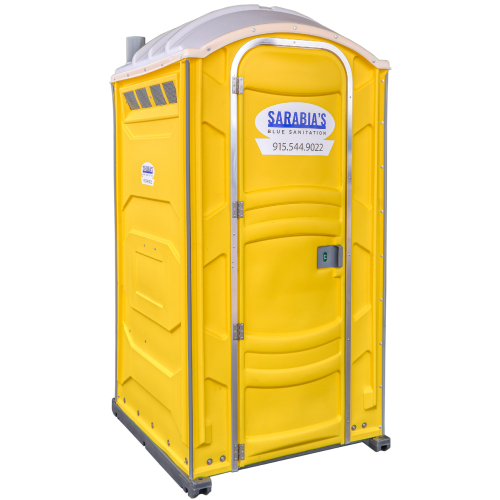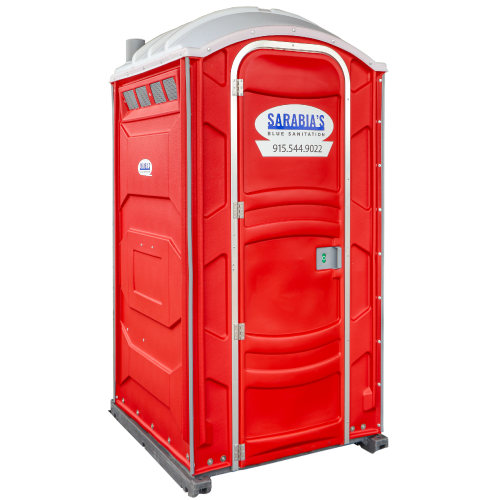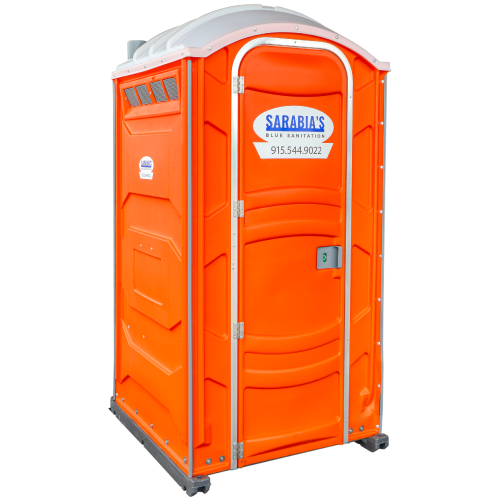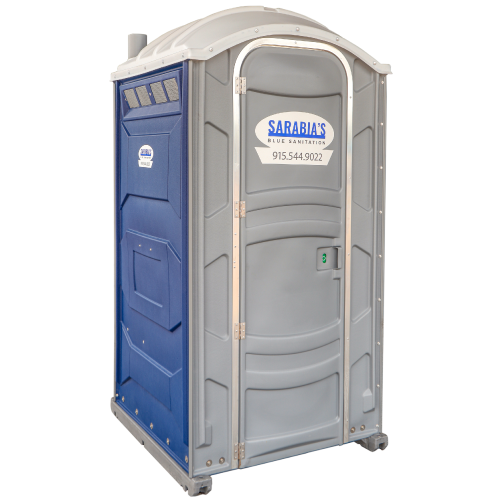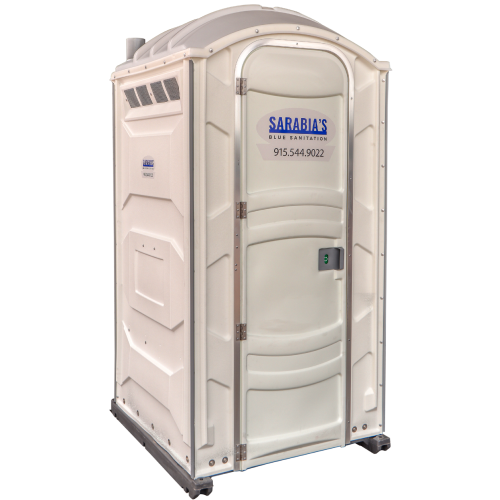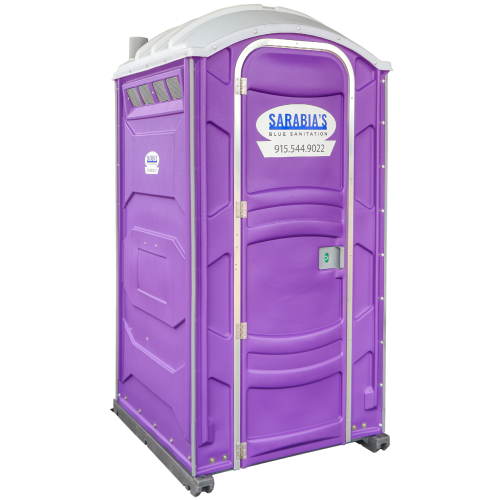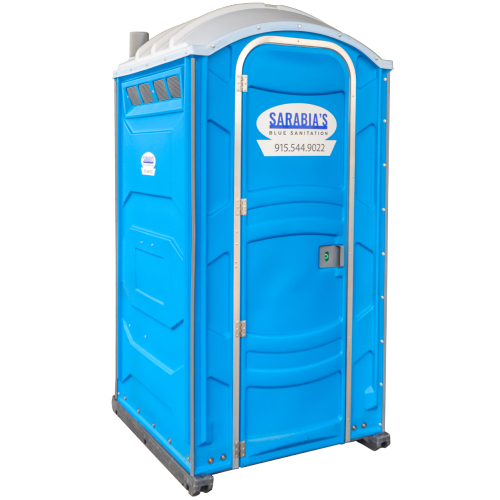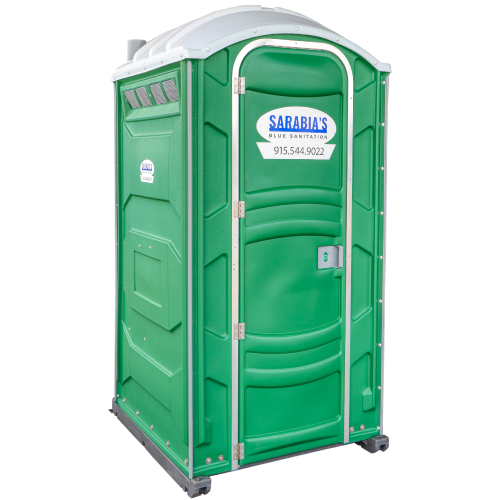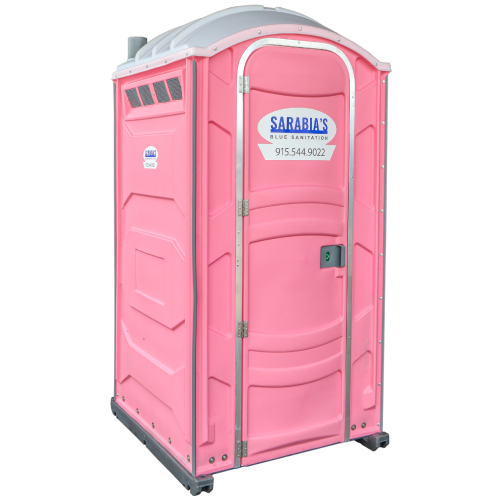In the 21st century, we have the privilege of showers that bathe us in clean water, toilets that whisk away our unwanted excrement, and sinks to clean away harmful bacteria. For most of us, it’s hard to imagine a world where we don’t have these marvels of technology.
But how did we get here? And how did people handle using the restroom before…well, restrooms?
In the latest Sarabia’s blog, we’ll tackle the smelly topic of the time before restrooms.
Nature Is A Toilet: Early Humans
Unfortunately (or maybe fortunately) for anthropologists, tracking human defecation habits past 50,000 years ago is close to impossible. The clues we’d need to find simply aren’t there after nature takes its course for so long.
We do know that there were often designated areas for the act, which make a lot of sense. Even in a simple society, you don’t want excrement to be everywhere.
Anthropologists have found what seem to be designated fields just outside of ancient villages where the townsfolk would handle their business. In fact, up until the 1700s, that was the common way to handle your business. Find a nice tree or patch of grass and take care of business before heading back to hunt or forage or whatever ancient people wanted to do.
There were a couple of considerations that had to be made by these societies. The first was, obviously, the smell. Having the community use the restroom too close to the village would make the village smell horrible, so having the village restroom be far enough away was ideal.
The second, and perhaps most important consideration, is the proximity to water. Even without the in-depth knowledge of bacteria, our predecessors understood that having your bathroom next to your drinking and bathing water.
These considerations helped guide placement, but some older civilizations used the power of flowing water and infrastructure to make arrangements more reminiscent of today’s toilets.
The Roman Empire is one of the most often used examples of more advanced sanitation techniques well before their time. Through complex sewer systems and public toilet areas, the Romans had a sewage system that was centuries ahead of its time. However, even this system wasn’t perfect.
To start, the smell from the sewer could be pretty atrocious, and the gas would sometimes lead to fires in the sewers. You can imagine how smelly that probably was.
On top of that, their famous communal restrooms were probably pretty gross. Urine and excrement were likely on the seats, and the smell made it a terrible place to sit and chat with friends.
Oh, and the health benefits of such a system? They may not have been as pronounced as you’d think.
Researchers think that Romans suffered from disease and parasites at similar rates to civilizations without these fancy sewer systems. Not to say that it had no benefit, but they likely were revolutionary in terms of health. In fact, most homes had toilets that weren’t connected to the sewer system, for fear or sewer fires and rats.
So the Roman system was great, but not a complete gamechanger. Not until the 1600s and 1700s, where a string of inventions would completely change how we handle our business.
From The Queen To The Masses: The Toilet’s Genesis
The first breakthrough in bathrooms was the invention of the first flushable one, created by Sir John Harington in England. The courtier created the rudimentary device and installed one for Queen Elizabeth I, his godmother.
While it was certainly interesting, it lacked many of the elements that we take for granted today. As a result, the toilet didn’t quite catch on. In fact, London was pretty gross at the time, with people dumping their dirty business on the street (and pedestrians!). However, over a century and a half later, the toilet would get some help.
In 1775, the iconic S-shaped pipe was patented, which created a seal between the toilet and the sewage below. This solved one major issue that toilets had, and cities’ improved sewage lines made whisking away excrement and pee much more reliable.
The 19th century saw toilets become truly mainstream through one Thomas Crapper, London plumber and eventual namesake for a successful line of toilets. Ever heard someone call a toilet a ‘crapper’? Well, thank Thomas! He developed a component called the ballcock, which filled the tank with water and is still used today!
Sarabia’s: The Best Of The Best
Here at Sarabia’s, we use the history of bathrooms and toilets to provide the best experience for our customers. Contact us today for our porta-potty, restroom trailer, or waste management services!
